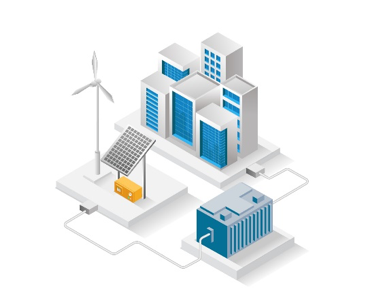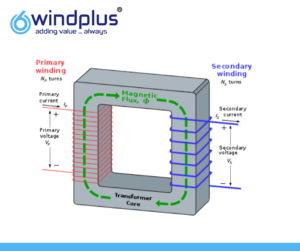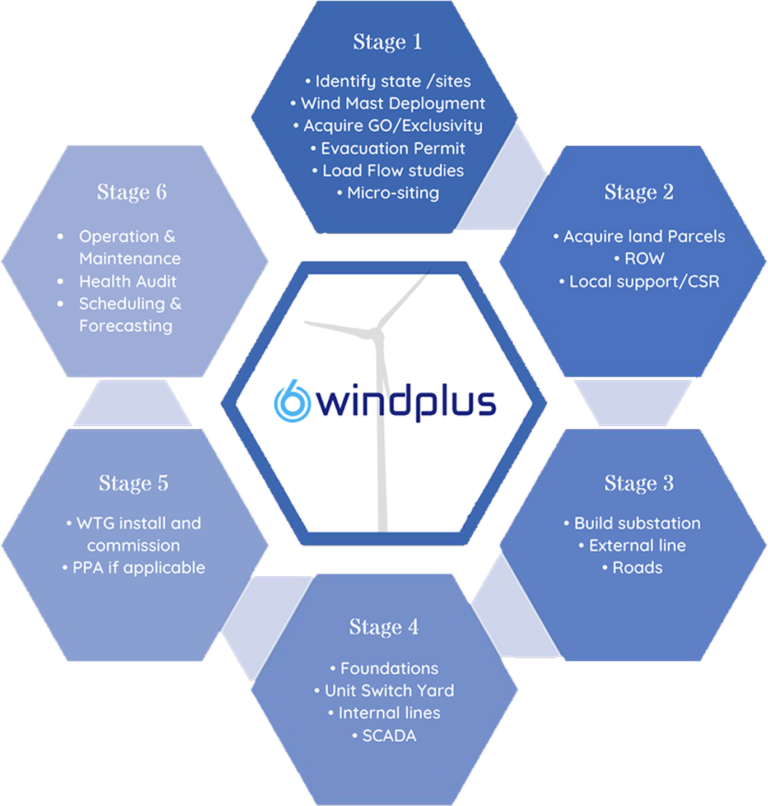For energy organisations, the convergence of new technologies is opening up a vast array of brand-new possibilities for efficiency improvement, performance optimization, innovation stimulation, and growth acceleration. However, it will be crucial for energy businesses to concentrate on energy-specific solutions rather than merely trying to replicate ideas created in other industries.
1. Smart Grid
Grids may now be made “smart” through the integration of sensors, data analytics tools, energy storage systems, energy management platforms, and other energy technologies.
Energy providers may utilise smart grids to gather data on energy use from every grid device and use it to create energy-efficiency programmes for their clients. Additionally, it enables near-real-time monitoring of energy usage and flow by energy firms.


2. GridSecurity
A complicated system like the electrical grid is susceptible to hackers. By thwarting assaults before they occur, AI and machine learning can increase the security of electricity infrastructures. In order to do this, data analytics will be used to find trends in energy data that might be signs of a cyberattack. AI and machine learning can be used to react to a cyberattack once it has been detected.
3. Grid Management and Efficiency
AI is used to manage energy flows inside and between buildings, companies, storage batteries, renewable energy sources, microgrids, and the main power grid in order to optimise energy systems. This reduces energy waste while raising customer awareness of energy use. Even though variable renewable energy sources like wind and solar are growing in popularity. As a result, these sources of energy are not always available when needed


4. Increased Production
AI and machine learning are also being used to improve production in the energy sector. For example, machine learning algorithms are used by oil and gas corporations to better site wells and boost output. These businesses can decide where to drill for oil and gas more effectively by analysing data obtained from seismic surveys and other sources. This will improve energy efficiency and result in a cleaner, more effective energy system that will be simpler for energy providers to manage.
5. Predictive Analytics
Future changes in energy consumption can be predicted using predictive analytics. The appropriate infrastructure may then be constructed in order to prepare for the future and provide energy demands.
Energy businesses may also forecast when a machine particular piece of equipment is most likely to malfunction by employing predictive analytics. This not only aids in preventing unanticipated outages but also helps businesses save money by enabling them to prepare for the replacement of expensive and essential energy assets and steer clear of unforeseen maintenance tasks.










